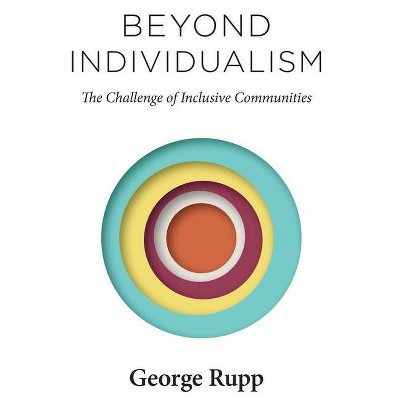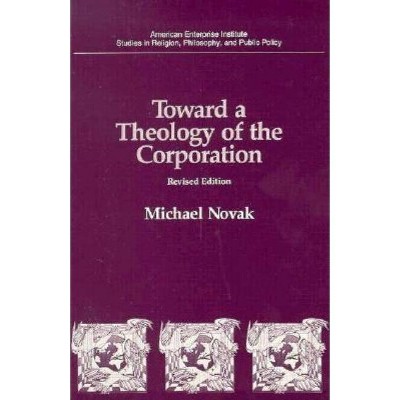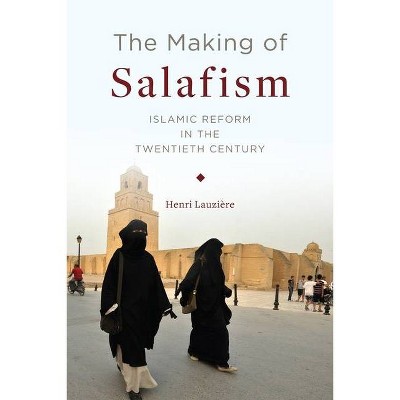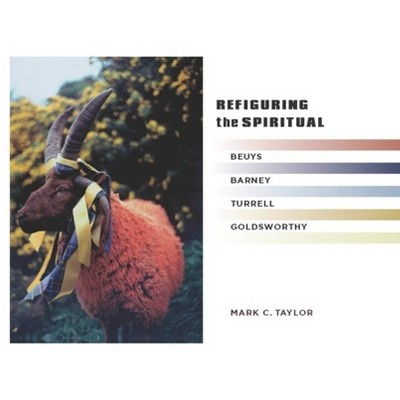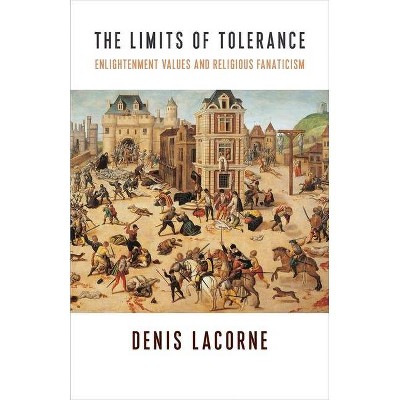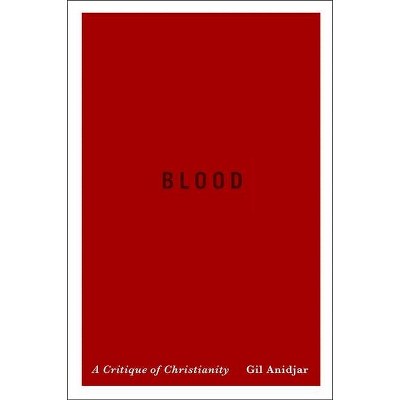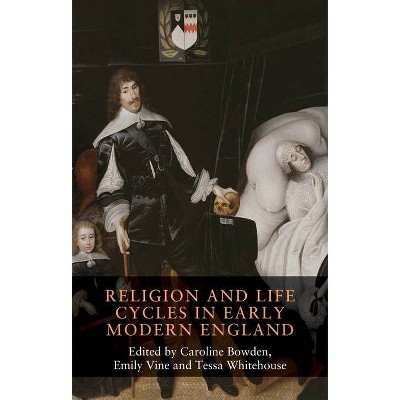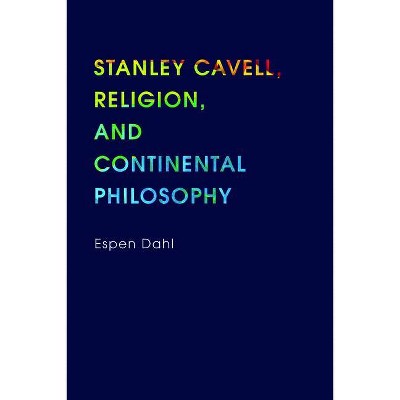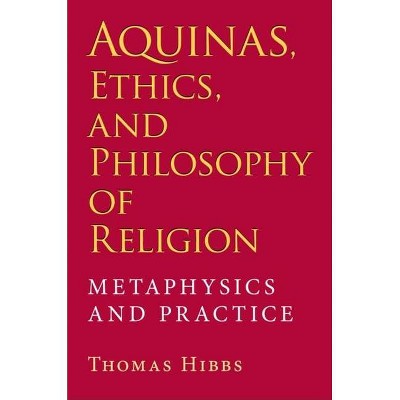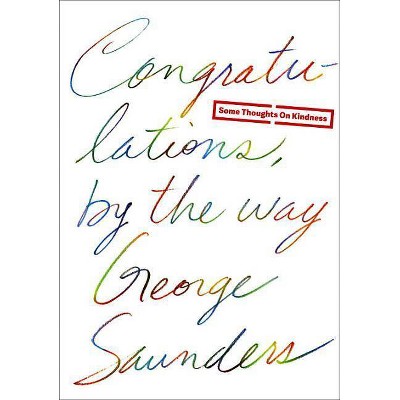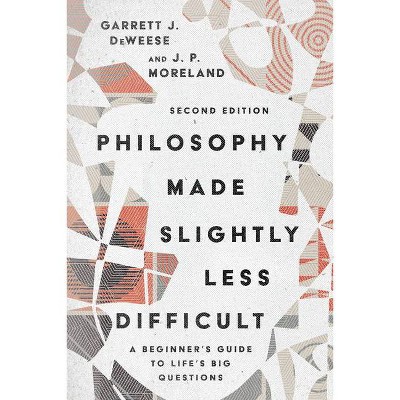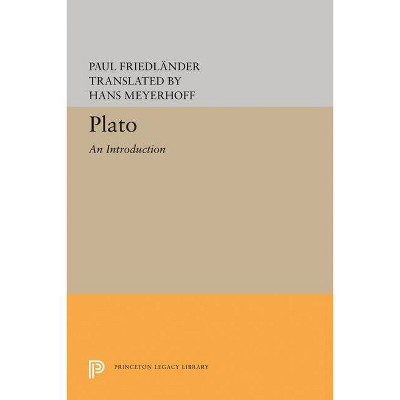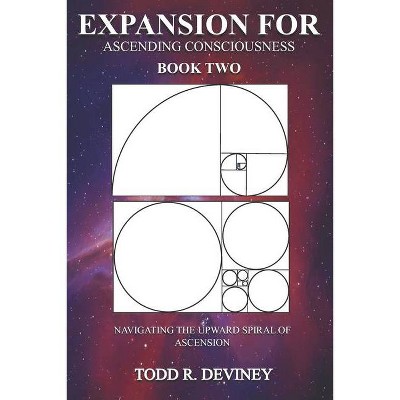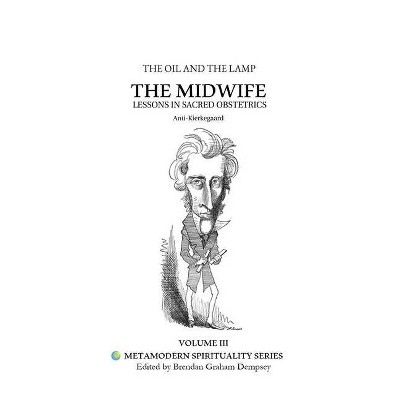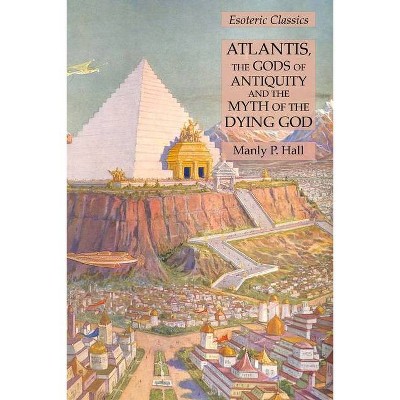All Too Human - (Boston Studies in Philosophy, Religion and Public Life) by Lydia L Moland (Hardcover)
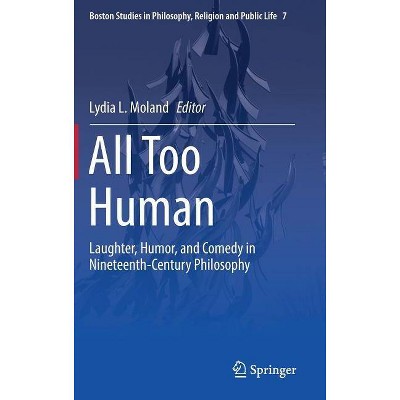
Similar Products
Products of same category from the store
AllProduct info
<p/><br></br><p><b> Book Synopsis </b></p></br></br>This book offers an analysis of humor, comedy, and laughter as philosophical topics in the 19th Century. It traces the introduction of humor as a new aesthetic category inspired by Laurence Sterne's Tristram Shandy and shows Sterne's deep influence on German aesthetic theorists of this period. Through differentiating humor from comedy, the book suggests important distinctions within the aesthetic philosophies of G.W.F. Hegel, Karl Solger, and and Friedrich Schlegel. These distinctions in turn illuminate the theoretical commitments and prose styles of artists such as Jean Paul and Heinrich Heine. The book links Kant's underdeveloped incongruity theory of laughter to Schopenhauer's more complete account and identifies humor's place in the pessimistic philosophy of Julius Bahnsen. It considers how caricature functioned at the intersection of politics, aesthetics, and ethics in Karl Rosenkranz's work, and how Kierkegaard and Nietzsche made humor central not only to their philosophical content but also to its style. The book concludes with an explication of French philosopher Henri Bergson's claim that laughter is a response to mechanical inelasticity.<p/><br></br><p><b> From the Back Cover </b></p></br></br>This book offers an analysis of humor, comedy, and laughter as philosophical topics in the 19th Century. It traces the introduction of humor as a new aesthetic category inspired by Laurence Sterne's "Tristram Shandy" and shows Sterne's deep influence on German aesthetic theorists of this period. Through differentiating humor from comedy, the book suggests important distinctions within the aesthetic philosophies of G.W.F. Hegel, Karl Solger, and Jean Paul Richter. The book links Kant's underdeveloped incongruity theory of laughter to Schopenhauer's more complete account and identifies humor's place in the pessimistic philosophy of Julius Bahnsen. It considers how caricature functioned at the intersection of politics, aesthetics, and ethics in Karl Rosenkranz's work, and how Kierkegaard and Nietzsche made humor central not only to their philosophical content but also to its style. The book concludes with an explication of French philosopher Henri Bergson's claim that laughter is a response to mechanical inelasticity.<p/><br></br><p><b> About the Author </b></p></br></br><p><b>Lydia L. Moland</b> is Associate Professor of Philosophy at Colby College. She is the author of "Hegel on Political Identity: Patriotism, National Identity, Cosmopolitanism" and of numerous articles on Hegel's political philosophy and philosophy of art. She has been a recipient of fellowships from the American Academy of Berlin, the DAAD, the American Council of Learned Societies, and the National Endowment for the Humanities.</p>
Price History
Price Archive shows prices from various stores, lets you see history and find the cheapest. There is no actual sale on the website. For all support, inquiry and suggestion messages communication@pricearchive.us
